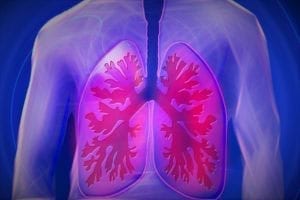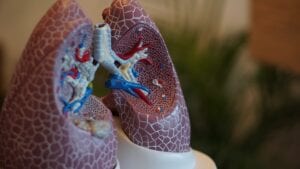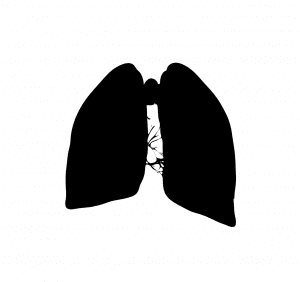Recurrent Respiratory Papillomatosis (RRP)
What is recurrent respiratory papillomatosis?
Recurrent respiratory papillomatosis (RRP) is a condition that is characterized by growths along the respiratory tract. While these wart-like growths can form anywhere along the tract, they most commonly appear in the larynx and vocal cords. These growths are usually benign, but can turn malignant in rare cases.
What are the symptoms of recurrent respiratory papillomatosis?
Severity of symptoms varies among affected individuals, but the effects include:
- Hoarseness of the voice
- Noisy breathing
- Difficulty breathing
- Issues with speaking
- For infants, difficulty crying and failure to thrive
- Choking episodes
- Chronic cough
- Issues with swallowing
While papillomas rarely affect the lungs, they can cause complications if they grow there. Recurring pneumonia, chronic lung disease, and progressive pulmonary failure can all occur. Another complication is squamous cell carcinoma, which happens in less than 1% of cases.
What causes recurrent respiratory papillomatosis?
An HPV infection causes RRP. But while many people will have HPV during their lifetime, very few people develop RRP.
Risk factors exist: being a first-born child, being born to a mother under the age of 20, being vaginally delivered after a prolonged labor.
How is recurrent respiratory papillomatosis diagnosed?
There are two tests that are usually used to diagnose RRP: indirect and direct laryngoscopy.
What are the treatments for recurrent respiratory papillomatosis?
There is no cure for this condition. Surgery to remove the papillomas is the first step in treatment, although they often grow back. If the airways are blocked, an affected individual may need a tracheostomy to clear them. The next step is medications to slow the growth of papillomas.
Where can I find out more about recurrent respiratory papillomatosis?
RRP Articles

PRGN-2012 Earns EC Orphan Drug Status for the Treatment of Recurrent Respiratory Papillomatosis


Positive Interim Data Available: INO-3107 for Recurrent Respiratory Papillomatosis

First Patient Dosed in Recurrent Respiratory Papillomatosis Trial

ICYMI: Recurrent Respiratory Papillomatosis Treatment Receives Orphan Drug Designation







